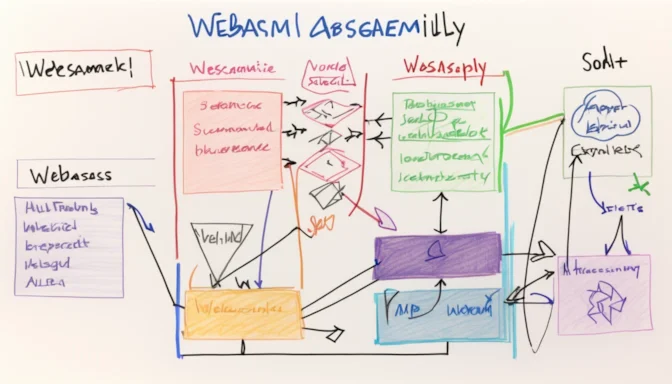What is WebAssembly and Its Uses?

WebAssembly is an open standard that allows high-performance execution of binary code on web platforms. It enables developers to bring the capabilities of languages like C, C++, and Rust into the web development sphere.
Can WebAssembly Replace JavaScript?

While JavaScript remains the dominant programming language for web development, WebAssembly is not aimed at replacing it. Instead, it serves to complement and augment the capabilities of JavaScript.
Is WebAssembly Still Relevant?

Despite being a relatively young technology, WebAssembly has solid use-cases in browser environments. However, it still has areas that need to evolve, such as its integration with existing technologies like JavaScript.
Why Choose WebAssembly Over JavaScript?

WebAssembly offers improved performance and high runtime speed due to its binary code structure. It has compilers that make it easier to code at a low level and uses an executable .wasm file alongside a text file.
Why You Might Not Want to Use WebAssembly?

WebAssembly code is compiled into binary format and executed by a virtual machine, making it difficult to read and debug. This could pose challenges in understanding and reverse engineering the code.
WebAssembly: Frontend or Backend?

Initially focused on frontend development, WebAssembly is expanding its utility to include backend use-cases. It is secure and versatile, suitable for a wide array of applications.
Is Learning WebAssembly Worth It?

Learning WebAssembly can be beneficial for web developers as it adds a new dimension to what can be achieved in web development, especially in terms of performance and capabilities.
Risks Associated with WebAssembly
WebAssembly's just-in-time (JIT) compilation could introduce potential security risks. It's essential to be aware of these vulnerabilities when developing applications.
 E-Commerceo
E-Commerceo